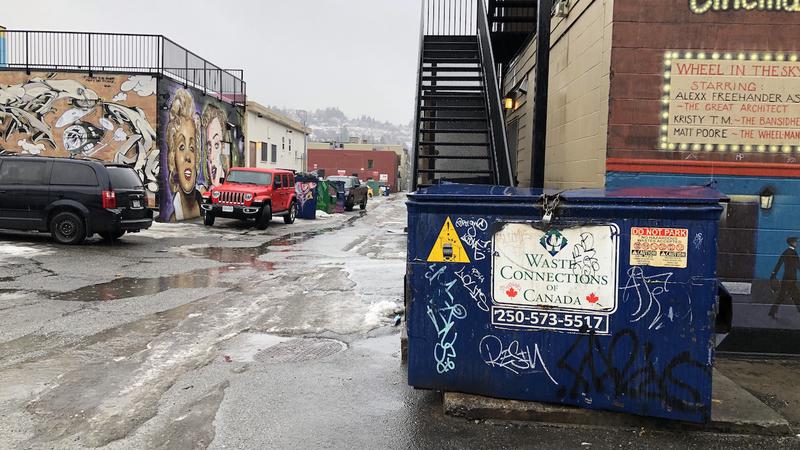
ROTHENBURGER: Back alleys could become people places if we gave them a chance
THE BACK ALLEYS of Kamloops aren’t anywhere you want to spend a lot of time in. They’re stark, grungy places with busted up concrete, graffiti vandalism everywhere, utility pipes and meters sticking out of the ground and cars and pickups shoe-horned into each available nook and corner.
One imagines muggers leaping out from behind every dumpster. Indeed, when we think of back alleys we think of prostitutes, drug dealers, petty thieves, bootleggers and all manner of shifty characters.
The alleys are, quite literally, the backside of Kamloops, the rear end of commerce, and the general attitude towards them is that they’re best left hidden. In their current state, that’s probably not a bad way of looking at it.
Attempts have been made in recent years to put lipstick on them in the form of murals and they’ve helped, but they’re just that — lipstick. The murals haven’t always deterred the graffiti vandals, and a project that began a couple of years ago to turn dumpsters into artistic canvasses appears to have stalled. In short, back alleys get no respect.


